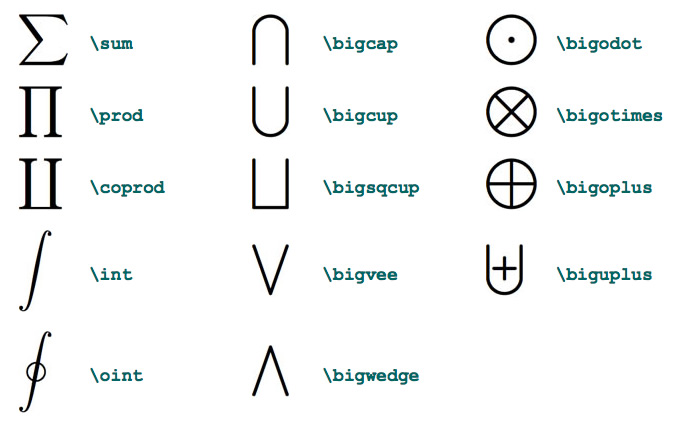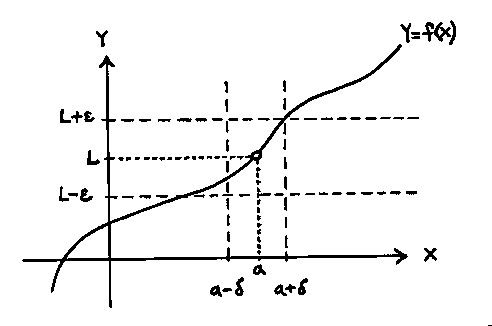I thought the problem we received Friday was quite entertaining yet hard. The wording of the sentence was quite confusing though. I thought we had to find 2 numbers that cannot be made by using 2 rules but I ended up figuring out what we actually had to do. The proofs, in my opinion, is the hardest topic I learned until now probably because I really didn't do much of them in high school nor seen them much in my education. I find it that proofs are hard because we need to think in so many different ways that I don't know how to approach them.
First, we tried to generalize the problem by defining all the numbers that we know that it must be possible to create by either L or R:
( 2n, 64 - 2n ) n ∈ ℤ, 0 ≤ n ≤ 6
Using this we were able to generate all the even numbers should we apply one and only one operation. However we realized that the sum of pennies will always be 64, since no pennies are ever removed from the two piles. Knowing this, we used our formula of generating even number and added and subtracted by one on both sides to determine odd numbers:
( 2n - 1, 65 - 2n ) n ∈ ℤ, 0 ≤ n ≤ 6
Unfortunately this is wrong... It is possible to generate the pair (35, 29) but our formulas have failed to predict it.





